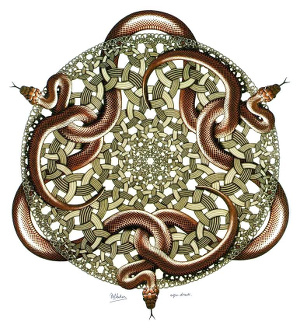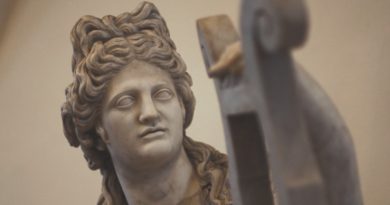Transdisciplinarity: innovating rediscovering the man
1. The illusion of the knowledge Big Bang

In the Middle Ages, at the creation of the first university institutions, Sciences were included in the harmonious group of the “Liberal Arts”, composed of the humanistic trivium (grammar, rhetoric and dialectic) and the mathematical quadrivium (arithmetic, geometry, astronomy and music). The breakdown of these seven disciplines had been realized in a harmonious process of sharing the same objectives, cultural exchange and mutual transmission of knowledge.
Since that time there has been a metamorphosis, we could call “a Big Bang of knowledge“, and the initial seven disciplines have today become over 8000, imposing man with an increasingly specialized University education and – above all – a more and more reductionist and fragmented approach to life.
The recursive separation of the whole and the juxtaposition of the subject to the object (ob-iectum) were the main axioms of scientific progress in the last few centuries. In order to understand how the reality and phenomena of nature work, scientists have had to adopt the method of “reductionism” which basically consisted in breaking down the object under test in all its possible parts, down to the most basic components, to study its function. The assumption was that, once the individual parts were understood, it would be easy for access the understanding of the whole.
Read the full article on Academia.edu…➟
.
.


